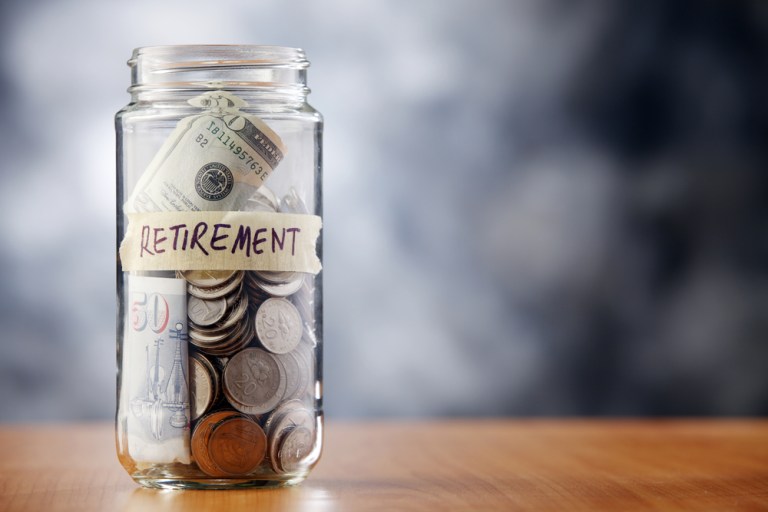
U.S. households are more prepared for a potential recession, with recent data showing people have been saving more of their take-home pay over the past several years.
According to a report in the Wall Street Journal citing revised data from the Bureau of Economic Analysis, in the first quarter, the agency more than doubled the personal savings rate estimate to 7.2 percent from 3.3 percent. The new estimate surpasses the 6.5 percent average rate since 1990 and is nearly three times more than the low of 2.5 percent seen back in 2005. In the first three months of 2018, the Wall Street Journal reported $613.5 billion in additional savings was amassed. The revision in the data isn’t rare, but the change is the largest since 2002, noted the paper. The report noted that the recession of 2007 through 2009 likely spooked consumers and left them more convinced they need to save money. According to the report, the savings rate hasn’t declined since 2013, despite unemployment falling by close to half and home and stock prices rising by a lot. That contradicts the wealth effect theory, in which people spend more and save less when their wealth increases. J.P. Morgan Chief U.S. Economist Michael Feroli said that if the wealth effect theory had played out since the recession, the savings rate would be close to around 2 percent. “There’s a little more frugality,” Feroli told the Wall Street Journal. “Maybe people are a little more cautious, a little more aware that there can be rainy days.”
With the savings rate for the first quarter revised, some economists think there will be more of a gradual slowdown in spending. The paper pointed to Goldman Sachs, which thinks spending will rise 2.4 percent per year through the middle part of 2019, up from its previous forecast. Still, the report noted the revised data doesn’t lay out if lower and middle-income households are better off than previously thought. After all, they are the ones that spend most of their incomes. Not to mention that a lot of the new income that prompted the revision comes from interest, dividends, and profits from businesses instead of wages.